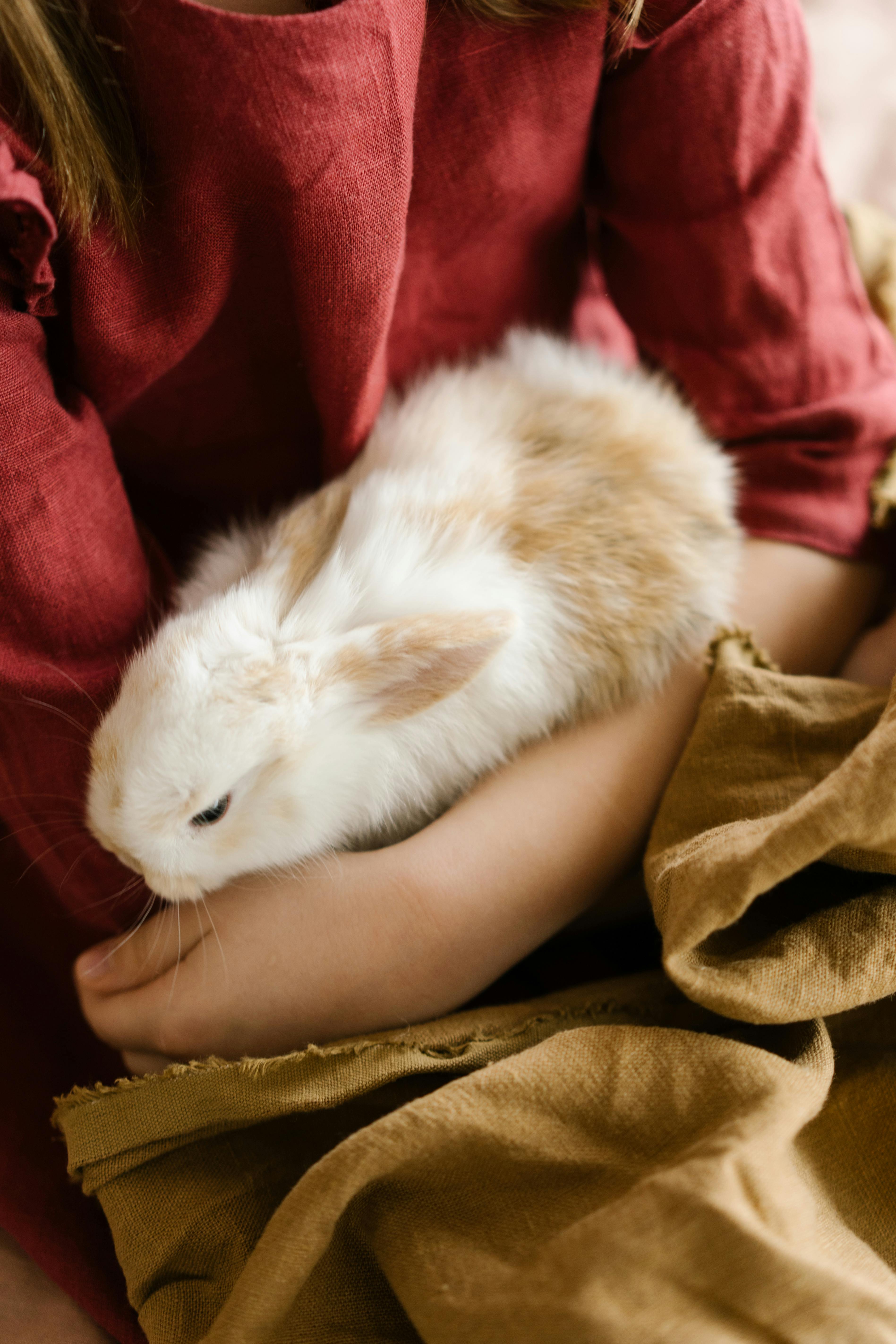Effective Ways to Care for Your Long-Haired Hamster in 2025
Owning a long haired hamster can be a rewarding experience, bringing joy and companionship to any household. Understanding how to properly care for your long haired hamster is essential for ensuring its happiness and health. In this article, we will explore proven tips for hamster care that are particularly suited for this fluffy breed. From grooming needs to the best habitats, we cover everything you need to create a nurturing environment for your beloved pet.
Healthy Habitats for Long-Haired Hamsters
The right hamster habitat is critical for ensuring the comfort and security of your long-haired pet. A suitable habitat allows your hamster to explore, exercise, and retreat into a cozy space when needed. Choose a cage that has plenty of space vertically and horizontally, as hamsters love to climb and burrow. Wire cages are popular; however, with long-haired hamsters, it’s important to consider solid-bottom cages lined with soft bedding to prevent their fur from getting caught on sharp wires.
Essential Bedding and Accessories
Selecting the appropriate bedding is vital for your hamster's well-being. You want something soft and absorbent, so consider options like aspen or paper-based bedding. Avoid cedar and pine, as they can be harmful to hamster health. Additionally, provide various hamster accessories such as tunnels, hideouts, and chew toys. These help stimulate your long-haired hamster both physically and mentally, supporting its natural behaviors and keeping it healthy.
Designing an Interactive Habitat
Creating an interactive habitat encourages hamster exercise and can lead to a more engaged pet. Consider investing in a hamster wheel to promote physical activity, as well as toys for long-haired hamsters that challenge their intellect and curiosity. Place these items strategically in the habitat to stimulate exploration and play. Regularly rearranging the environment can further enrich their living space, making it novel and exciting.
The Importance of Grooming Your Long-Haired Hamster
One of the unique aspects of caring for a long-haired hamster is their grooming needs. Their beautiful locks require extra attention to prevent matting and maintain cleanliness. Regular brushing is highly recommended, ideally a few times a week. Use a soft toothbrush or a specialized grooming brush to gently detangle any knots. This not only helps with their appearance but also allows you to bond with your hamster while checking for any signs of skin issues or abnormalities.
Understanding Long-Haired Hamster Behavior
Long-haired hamsters exhibit various social behaviors, which can be fascinating to observe. They are known to be somewhat shy, so socializing them from a young age can lead to a more affectionate pet. Gradually introduce them to handling and playtime. As you touch and interact with them, speak softly to encourage trust. If they seem stressed, allow them to retreat before further interactions. Recognizing hamster stress signals and rolling with their comfort levels is crucial for effective training.
Handling Techniques and Grooming Tips
When it comes to handling techniques for hamsters, patience is key. Always approach them gently, using both hands to offer support. Make it a part of your routine, incorporating gentle brushing and handling. Create a calm environment devoid of loud noises. Consider providing a dedicated space, such as a pet-friendly room where your hamster can feel safe. Use positive reinforcement during training sessions to create enjoyable interactions, reducing anxiety."
Feeding Considerations for Your Long-Haired Pet
An appropriate diet is crucial for maintaining the health and happiness of your long-haired hamster. They thrive on high-quality pellets, supplemented with fresh fruits and vegetables. Avoid sugary treats that could lead to obesity, which is a common health issue in hamsters. When selecting the best hamster food, choosing a well-balanced pellet specifically formulated for hamsters provides essential nutrients.
Feeding Tips and Nutritional Needs
Feeding tips for hamsters include introducing any new food gradually to avoid digestive issues. Monitor their intake and maintain a consistent feeding schedule. You might also opt to provide a special treat, like sunflower seeds or small pieces of carrot, but do this sparingly. Observing your hamster’s hamster health issues and eating habits can provide insight into any problems — healthy eating leads to increased energy levels and promotes overall well-being.
Common Health Problems in Long-Haired Hamsters
Being aware of common hamster diseases is beneficial in ensuring timely care. Long-haired hamsters can be susceptible to dental problems due to their long teeth, so include chew toys to help manage this. Frequent wetness around the cloaca may indicate digestive issues and require veterinary intervention. Keeping a regular check on their health, grooming routines, and diet can help avoid advanced health problems. Regular vet check-ups are also advised to keep your hamster in tip-top condition.
FAQ
1. What is the best bedding for a long-haired hamster?
The best bedding for long-haired hamsters is paper-based or aspen bedding, which absorbs moisture and is gentle on their fur. Avoid cedar or pine shavings due to harmful substances that can affect their respiratory health.
2. How often should I groom my long-haired hamster?
It is recommended to groom your long-haired hamster a few times a week. Regular brushing helps prevent matting and keeps their fur clean and manageable. This is also a good bonding opportunity between you and your pet.
3. Can long-haired hamsters live with other hamsters?
While social interactions can be beneficial, housing multiple hamsters together requires careful consideration. Syrian hamsters are typically solitary, while dwarf breeds may tolerate cohabitation. Always monitor their behavior closely to avoid conflict.
4. What should I feed my long-haired hamster?
Long-haired hamsters should have a diet rich in high-quality pellets along with fresh fruits and vegetables. Avoid excessive sugar treats as they can lead to obesity, which is common in hamsters.
5. How can I train my long-haired hamster?
Training your long-haired hamster involves patience and positive reinforcement. Gradually introduce your pet to handling and commands using treats as rewards, and make sure to respect their comfort levels to encourage trust and affection.
6. What toys are best for long-haired hamsters?
Interactive hamster toys, including chew toys, tunnels, and hamster wheels, are excellent for providing mental and physical stimulation. These toys will keep your long-haired pet active and engaged in its habitat.
7. How can I tell if my hamster is sick?
Signs of an unwell hamster include weight loss, lethargy, unusual behavior, or wetness around the cloaca. If you notice any of these symptoms, it's best to consult a veterinarian for a proper evaluation and treatment.


In conclusion, investing time and effort into caring for your long-haired hamster leads to a happy and healthy pet. By understanding their habitat needs, grooming, nutrition, and health care, you can foster a close bond and ensure your furry friend thrives.
